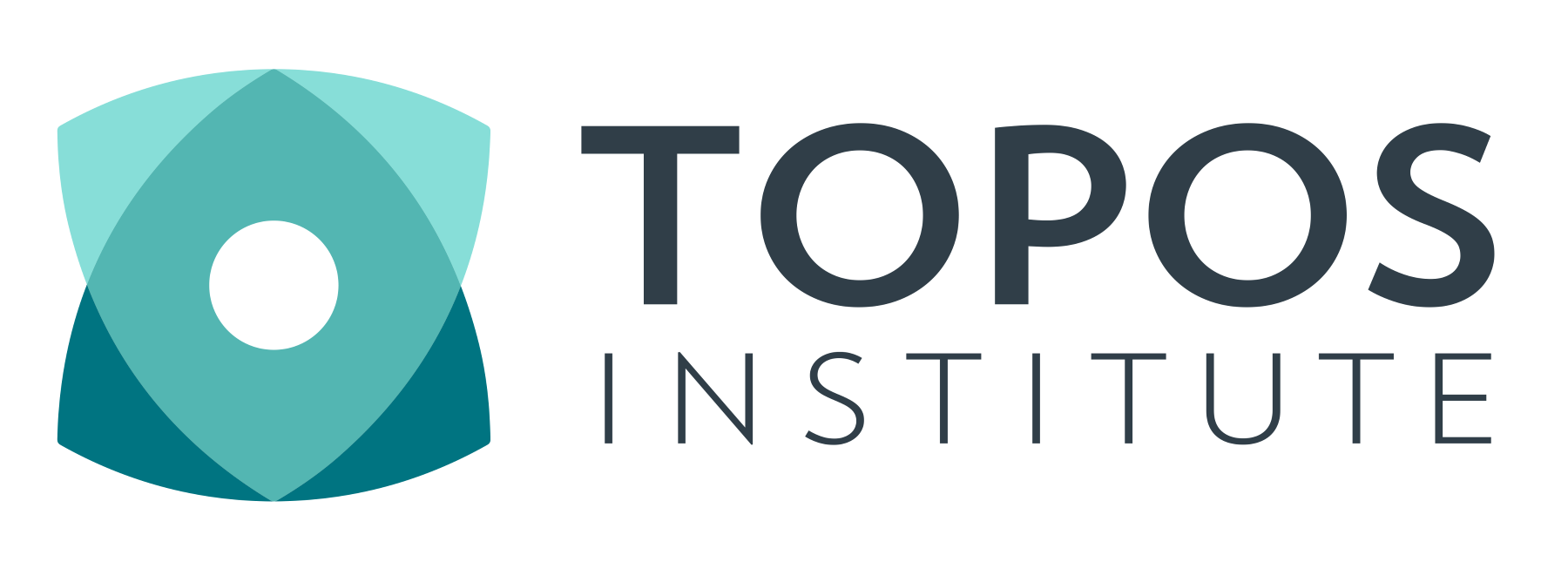CatColab: A category-theoretic environment for collaborative modeling
Joint Mathematics Meeting 2025

2024-01-08
Introducing CatColab
$$
% https://tex.stackexchange.com/a/269194
$$
This talk describes work in progress on CatColab, a collaborative environment for formal, interoperable, conceptual modeling.
- formal
- models are mathematical objects that can be critiqued with clarity
- interoperable
- models, and modeling languages, can be interoperated with each other
- conceptual
- modeling languages are well adapted to concepts used by practitioners
See also the blog post: Introducing CatColab (Carlson 2024)
Universality vs particularity
- Tech often aspires to be universal (UML, Semantic Web, AGI)
- But by trying to do everything, ends up doing nothing particularly well
- Domain- or problem-specific tools can be very fit for purpose
- But are often silos, leading to fragmentation and duplication
Rather than a “theory of everything,” CatColab aims to be a “general theory of specific things”:
- Provide logics well adapted to specific domains and tasks…
- …yet sharing functionality and tooling and, when possible, interoperable
- achieved using a metalogic based on two-dimensional category theory
Outline
- Demo
- Mathematics behind CatColab
Credits
As of January 2025, the core development team for CatColab is:
- Kris Brown
- Kevin Carlson
- Owen Lynch
- Evan Patterson
I am also grateful for support from colleagues, collaborators, and funders.
For more credits, see: https://catcolab.org/help/credits
Demo
Will show two of the logics currently available in CatColab:
- Causal loop diagrams
- Database schemas
Try it yourself:
- Stable: https://catcolab.org
- Bleeding edge: https://next.catcolab.org
Warning
CatColab is pre-alpha software under active development.
Mathematics
Mathematical foundation for CatColab is the framework of double theories:
- “Cartesian double theories: A double-categorical framework for categorical logic” (Lambert and Patterson 2024)
- “Products in double categories, revisited,” Section 10: “Finite-product double theories” (Patterson 2024)
This talks focuses on special cases already implemented in CatColab
Motivation
Formal languages are the syntactic counterpart to categorical structures:
| Logic/language | Categorical structure |
|---|---|
| Algebraic theories | Cartesian categories |
| Typed lambda theories | Cartesian closed categories |
| Resource theories | Symmetric monoidal categories |
| Statistical theories | Markov categories |
| … | … |
- Many (though not all) of these categorical structures are known to be models of double theories
- But we’re starting with simpler examples, often not regarded as logics at all
Simple double theories
Definition
A simple double theory is a strict double category.
This is a concept with an attitude, understood as a categorified theory:
- object = “object type”
- arrow (vertical morphism) = “operation on objects”
- proarrow (horizontal morphism) = “morphism type”
- cell = “operation on morphisms”
- f = object operation with input type x and output type w
- α = morphism operation with input type m and output type n
Double theories are usually small double categories, but that is inessential.
Models of simple double theories
Definition
A model of a simple double theory T is
- a lax double functor M:T→Span, or equivalently
- a normal lax double functor M:T→Prof
Such models are categorified copresheaves:
| Idea | 1-dimensional | 2-dimensional |
|---|---|---|
| Schema/theory | Category C | Double category D |
| Semantics | Set | Span (=Set) |
| Instance/model | Functor C→Set | Lax functor D→Span |
Discrete double theories
Simplifying still further:
Definition
A discrete double theory is
- a simple double theory having only trivial arrows and cells, or equivalently
- a double category of the form Disc(B):=H(B) for some category B
Such a double theory has only object and morphism types, no operations.
Models of discrete double theories are also known as “displayed categories” (Ahrens and Lumsdaine 2019).
Fact
A model of a discrete double theory Disc(B) is equivalent to a category sliced over B:
Lax(Disc(B),Span)≃Cat/B.
Examples
The mathematics behind our two examples:
- Causal loop diagrams
- Database schemas
Causal loop diagrams
Causal loop diagrams (and also regulatory networks) are
- signed graphs, or
- free signed categories
Let Sgn:={±1}≅Z2 be the group of nonzero signs.
Definition
A signed category is a category C equipped with a functor C→Sgn.
So, the category of signed categories is the slice
SgnCat:=Cat/Sgn.
Aduddell et al. (2024), Section 2.1
Causal loop diagrams via double theories
Theory
The theory of signed categories is the discrete double theory generated by
- a object type x
- a morphism type n:x+→x (for “negative”)
subject to the equation n⊙n=idx (where idx:x+→x is “positive”).
Equivalently,
TSgnCat:=Disc(Sgn),
so
Lax(TSgnCat,Span)≃Cat/Sgn=SgnCat.
CatColab developer docs: signed categories
Free signed categories
What’s the point about thinking of signed graphs as free signed categories?
Motifs are morphisms between free signed categories, e.g.,
Positive/reinforcing feedback loops are morphisms out of:
Negative/balancing feedback loops are morphisms out of:
Aduddell et al. (2024), Section 2.2
Diagrams as free categorical structures
This phenomenon is generic:
Slogan
Diagrammatic languages are free categorical structures whenever it makes sense for arrows to compose.
A famous example:
Example
Petri nets are free symmetric/commutative monoidal categories.
Coming in a future version of CatColab!
On Petri nets and SMCS: Baez et al. (2021)
Database schemas
A basic notion of database schema is a finitely presented profunctor
where Mapping:=HomEntity and AttrOp:=HomAttrType.
In SQL jargon:
- “Entity” = table
- “Mapping” = foreign key
- “Attr” = data attribute
- “AttrType” = data type, such as
TEXTorREAL
Schemas via double theories
Theory
The theory of profunctors is the “walking proarrow” Disc(2), a discrete double theory freely generated by
- two objects 0,1
- one proarrow 0+→1.
A model is a profunctor, either directly or indirectly via “barrels”:
Lax(Disc(2),Span)≃Cat/2.
In future versions of CatColab:
- Database instances as modules over models of double theories
- Algebraic databases a la Schultz et al. (2017)
Distributors and barrels on Joyal’s CatLab, esp. Proposition 2.4